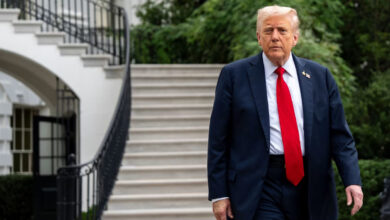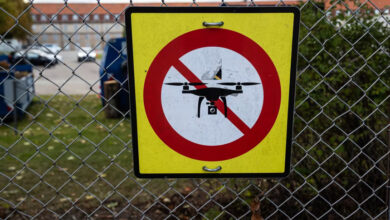Kabul – Fifteen Afghans, most of them children, were killed by a roadside bomb on Saturday just as a United Nations report said May was the deadliest month for civilians in Afghanistan since the UN mission began compiling statistics four years ago.
The Interior Ministry said eight children, four women and three men were killed when a bomb destroyed the bus they were traveling in the Haji Lahore region of southern Kandahar province, the birthplace of the Taliban and one of the most violent regions in Afghanistan.
Afghan President Hamid Karzai, in a statement from his palace, condemned what he described as a cowardly attack by insurgents trying to derail peace and reconciliation efforts.
At least 20 people were killed in attacks across Afghanistan on Saturday, security officials said, most of them civilians. Another six civilians were wounded when insurgents fired mortar rounds into a district in volatile eastern Kunar province, near the border with Pakistan.
The United Nations Assistance Mission in Afghanistan (UNAMA) said it had documented 368 "conflict-related" civilian deaths in May this year and 593 civilian injuries.
"More civilians were killed in May than in any other month since 2007 when UNAMA began documenting civilian casualties," said Georgette Gagnon, the UNAMA Director for Human Rights.
"We are very concerned that civilian suffering will increase even more over the summer fighting season which historically brings the highest numbers of civilian casualties. Parties to the conflict must increase their efforts to protect civilians now," she said in a statement.
Violence across Afghanistan in 2010 hit its worst levels since the Taliban were toppled by US-backed Afghan forces in late 2001. It has flared again since the Taliban began their spring offensive at the start of May.
Military deaths hit record levels in 2010 – and are following the same pattern this year – but civilians continue to bear the brunt of the conflict.
Civilian casualties are one of the most contentious issues between Afghan President Hamid Karzai and his Western backers, even though figures by the United Nations show that insurgents are responsible for the overwhelming majority.
In its latest findings, the United Nations said "anti-government elements" were responsible for 301 of the civilian deaths in May, or 82 percent. Forty-five civilians, or 12 percent, were killed by "pro-government forces" in May.
The remaining 22, or 6 percent, could not be attributed to either side and were most likely the result of Afghan civilians being caught in the crossfire. The figures roughly track previous statistics released by the United Nations.
UN figures showed that 2777 Afghan civilians were killed in 2010, a 15 percent rise on 2009. That report said insurgents were responsible for three-quarters of those killed.
AIR STRIKES
NATO-led forces have significantly tightened the use of "night raids" and air strikes as they hunt insurgents. The 2010 UN report found there was a 52 percent drop in civilian deaths from air strikes compared with 2009.
However Karzai and NATO commanders are fundamentally at odds over the use of air strikes and night raids.
The Afghan leader wants air strikes to end and night raids to be taken over by Afghans, but foreign military commanders see them as their most effective weapons against insurgents who rarely take on NATO and Afghan forces on the open battlefield.
Karzai angrily warned NATO commanders last month that such tactics were "not allowed" any more.
His fiery but unspecified threat came after a spate of recent civilian casualty incidents, including the killing of at least nine civilians, most of them young children, in the south last month.
Underscoring the incident in Kandahar, the UNAMA report said "improvised explosive devices" – or IEDs – were responsible for 40 percent of civilian deaths attributed to insurgents in May.
While the number of casualties among civilians caught up in the conflict continues to rise, insurgents have also increased the use of targeted killings of Afghan military and political figures as Afghan security forces prepare to take over gradually from foreign troops from July.
The assassinations are seen as an attempt by insurgents to show they retain the capacity to strike at will despite heavy losses suffered during US and NATO-led offensives, mainly in the south, over the past 18 months.




